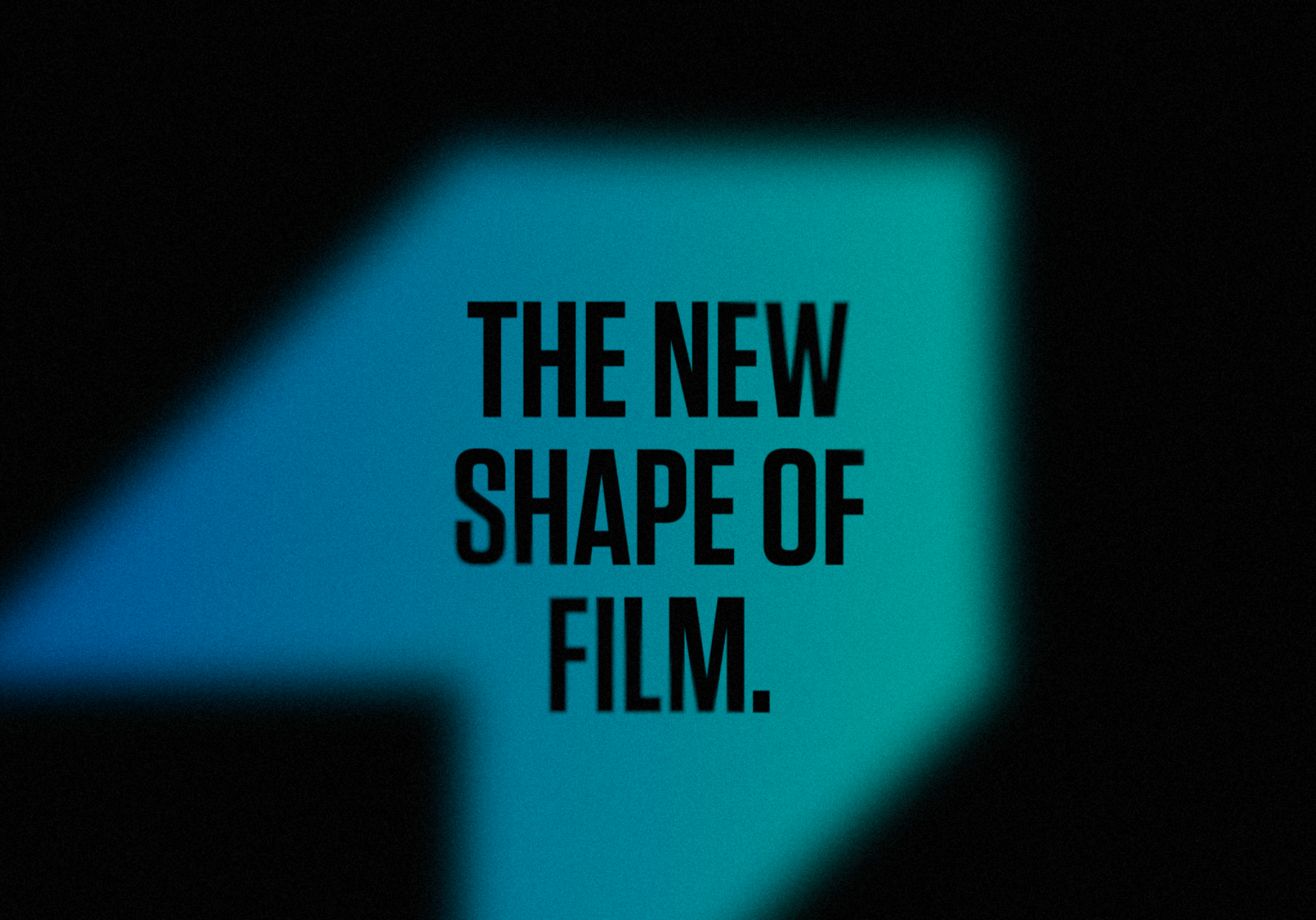GETTING UNDER THE SKIN OF RECOGNITION & HUMAN BEHAVIOUR.
The terms ‘Reward & Recognition’ (R&R) and ‘employee engagement’ are now as common in our workplace as KPI and ROI, with things being mixed up and people requiring more from employers than a salary.
We all know that R&R has a positive effect on all kinds of things, like engagement, staff retention, productivity, with employees 2.2 times more likely to dig deep and go above and beyond when recognised. But why? What is it within us that kicks us into gear when recognition shows face?
WHY IS IT WE RESPOND TO BEING RECOGNISED?
Recognition goes deeper than just the surface level, it’s how we’re hard-wired and there’s plenty of theories out there behind why it gives us the motivation it does. Ultimately it all boils down to how we feel as humans, and we’re all different. So, applying a one-size-fits-all, corporate solution to the human brain just isn’t going to land… As Maya Angelou once nailed in just 22 words: “People will forget what you said, people will forget what you did, but people will never forget how you made them feel.”
We need to dive under the skin for some truly human-centric motivation principles that brings something that’s going to resonate with people (you’d be surprised at the number of finger-in-the-air engagement strategies out there)! There’re three fundamental principles when it comes to understanding recognition and how it works on people from the InsideOut™.

REINFORCEMENT THEORY.
'Reinforcement' def: noun. the process of encouraging or establishing a belief or pattern of behaviour.
The first principle, and arguably the most straightforward of the three, is the reinforcement theory, which looks at the strong, gushy feelings people get when they’re rewarded. The key thing you need to remember with this one is:
Positive Reinforcement = Repeated Behaviour
Think Pavlov’s dogs, the same theory applies to humans too! The more you reward positive behaviour, like high productivity, sales or levels of innovation, the more people will keep it up (as they gain a sense of recognition associated with receiving an award).
Now, this is also the most common idea that comes to mind when a brand is looking to up the benefits employees can bring to a business. However, there’s a catch…
You can’t just dish out random rewards left, right and centre; there must be meaning, not madness, with your method. This only works if your employees view the reward as ‘worthwhile’, because why invest your time and energy into something that doesn’t mean anything to you.
A lack-lustre R&R framework just means that motivation and productivity flat-lines, with your rewards just becoming yesterday’s news.
Here's some things we put into play when it comes to how we help brands with their recognition plans:
- Chop, chop! – There’s no time to hang about when it comes to the needs of your people – they are the backbone of your brand! Action needs to come right after any ‘reward-worthy’ behaviour. If the gap between the two is too long, then the association is lost. Digital platforms are a go-to when it comes to on-the-go recognition, otherwise it doesn’t have to be an all-singing, all-dancing incentive trip, a simple ‘thank you’ doesn’t go a miss and can add more of a sincere feel.
- Make them relevant – the reward needs to be something that the person wants... Seems straight-forward, but many brands fall on this hurdle. Avoiding excessive ‘bulk recognition’, by applying a blanket option for your employees, means that your rewards have a personal touch. By having a next-level relationship with our clients, we’ve taken the time to understand what’s going to land with their people, and then customising a unique and impactful rewards strategy for them.
- No one-hit-wonders – now these things need to be a journey. You wouldn’t enjoy the drive from Land’s End to John O’Groats with no service stops. So why would you expect a one-off reward to have a lasting impact? Luckily, we’ve got a thing for logistics and can pull it all together, coming up with the recognition strategy, finessing the comms around it, creating a buzz when announcing at brand events, to dishing out the reward or even an incredible incentive trip!
The biggest takeaway from this theory is that a crystal-clear employee R&R strategy, that recognises when achievements are made and dishes out the goods when they happen, can make the world of a difference when it comes to overall employee engagement (taking your brand’s successes to the next level).
THE HIERARCHY OF HUMAN NEEDS.
'Needs' def: verb. require (something) because it is essential or very important rather than just desirable.
Principle two needs its picture painting a little more… When it comes to building the foundations of a solid company culture, you need to understand human behaviour and what we need to function to the best of our ability.
This guy called Abraham Harold Maslow came up with a theory around humans having needs that MUST be met to live a productive life - he called it the Hierarchy of Needs. He drew up a pyramid, where each level of ‘need’ must be met from the bottom up, for humans to become ‘their best self’, and here it is:
Here’s where R&R comes in:
Whenever someone receives recognition, three of the five needs are met: esteem, belonging and safety – taking you 60% of the way to reaching your potential and feeling whole. That’s a huge ol’ chunk of feel-good feelings.
Think about the impact that has on productivity, engagement and feeling ‘at home’ in the workplace (and the knock-on effect it has on your brand as a whole). Employees who feel more fulfilled in the workplace will want to hang around, as well as upping the energy they reciprocate.
It’s your way of showing them that your grass is the greenest there is!
ACTIVITY IN THE AMYGDALA.
'Amygdala' def: noun. a roughly almond-shaped mass of grey matter inside each cerebral hemisphere, involved with the experiencing of emotions.
Any science fanatics will love this one. It looks at the human brain and how the chemical activity, from being recognised, impacts the way we’re feeling – and as we (or Maya Angelou did) mentioned earlier, feelings and emotions are what last. It’s no new news that the human brain is divided into different areas that all control different thoughts, feelings, movements, etc…
Enter the Amygdala:

So, the Amygdala plays a massive role in processing super strong emotions, especially stress. Whenever we feel like we’re on a rollercoaster of stress, the Amygdala lights up like the 5th November. Basically, the less activity in this area of the brain, the better!
Now, whenever someone compliments or recognises us, Oxytocin, which is a nifty neurotransmitter, is released by the bucket-full, flooding our bodies with feelings of security, safety and peace. Oh, and it also reduces the activity in the Amygdala tenfold, so stress-be-gone!
Practicing what we preach.
At Top B, we’re big at practicing what we preach, with employees feeling safe as a core goal of ours, so R&R is out in full force each day with our culture club, monthly MD awards and we even went on an incentive trip to Monaco last year!
Anyway, enough about us, here’s the real winner: not only does recognition boot stress out the window, but it can build and strengthen bonds between two people too! Both the giver and the receiver of recognition get that Oxytocin surge and so trust is built in the process.
We’ll put two and two together for you, stronger feelings of trust = a solid working environment. It’s a no-brainer really.
That wraps up just some of the theories that delve under the skin and look at why R&R can be a powerful tool in motivating us. We shouldn’t just take it at face value but understand it from the InsideOut™, so we can ensure that the investment R&R takes has value. It’s not rocket science, but there’s a hell of a lot more to it than you might think!
By the way, that was just the tip of the iceberg, there’s plenty more where that came from! Don’t believe us?



